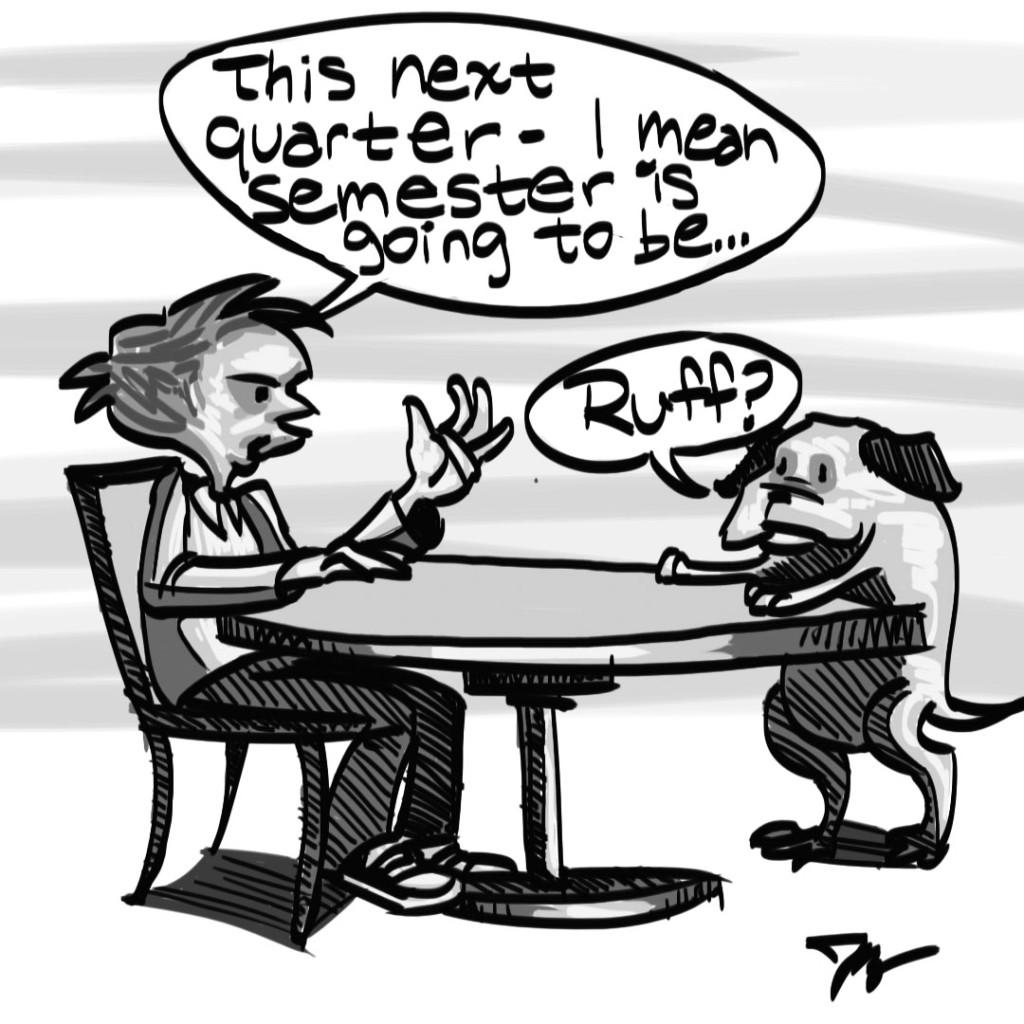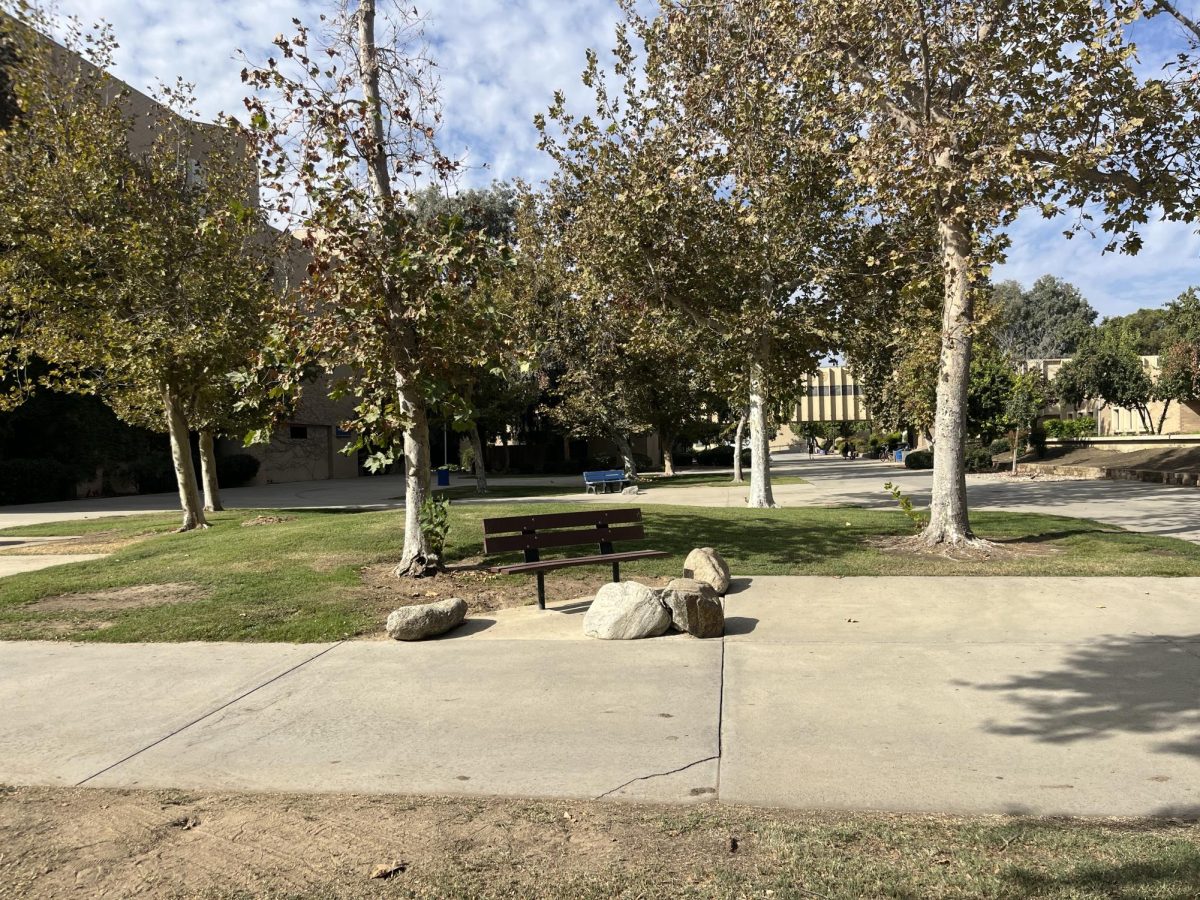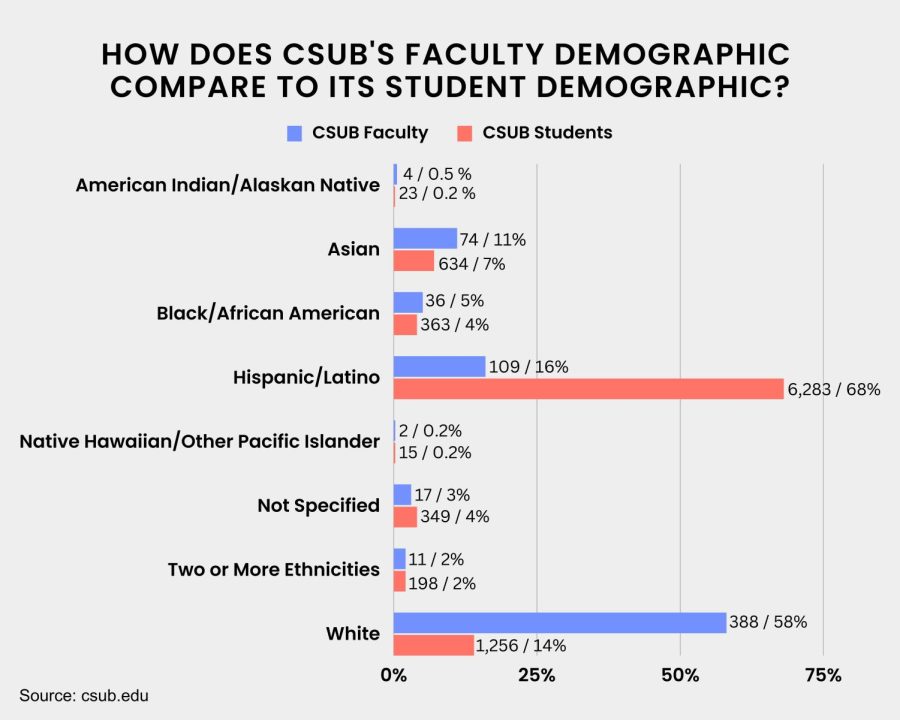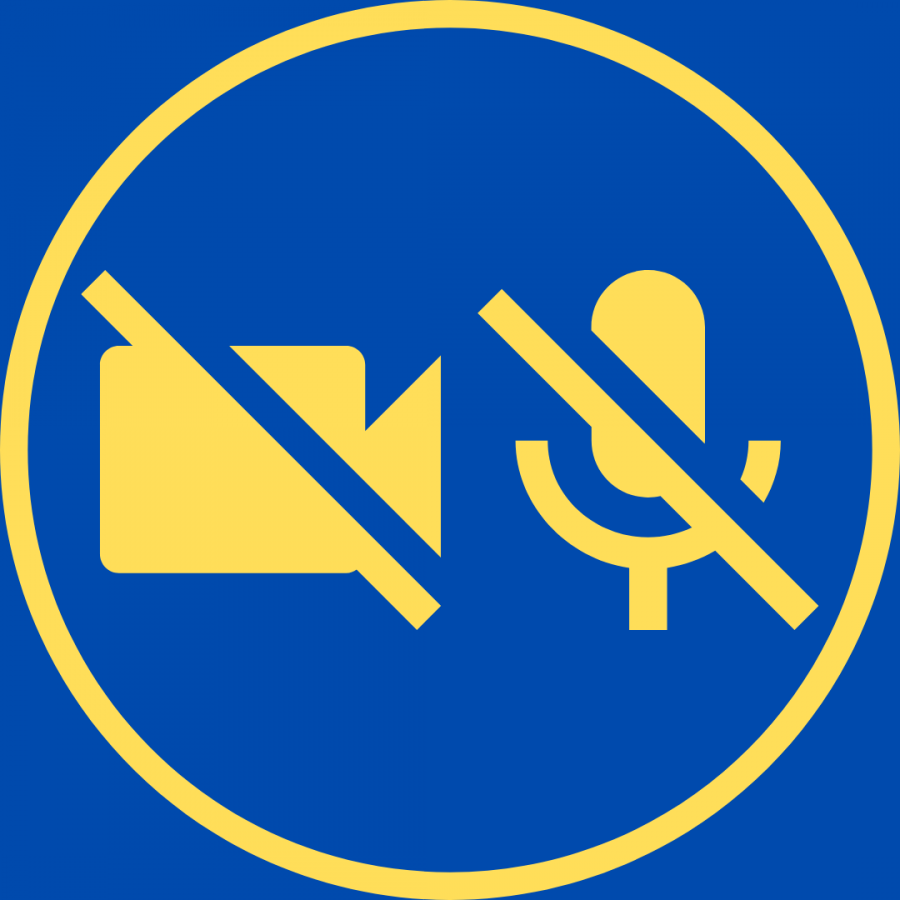Quarter to semester changes loom over closer for students, faculty and administration alike. The coming shift in how CSU Bakersfield is academically structured will affect student life and the lives of those around you. Whether you like it or not, the change is coming and all members of this university will need to come to grips with those changes.
There are some unique challenges we will all face as CSUB attendees or faculty and some potential benefits to the transition. Taking both possibilities into account, we can all prepare for the future of this shift at CSUB.
With a new structure for academics in play, the ramifications for sequential courses may be hazardous. Students currently struggle to obtain placement in upper division courses that are only offered in limited schedules. The potential to arrest a student’s coursework from the quarter to semester transition must not happen. If the university is pushing this change, it must make sure no students are left out in the academic cold. The want to transition should not supersede a student’s needs.
The term “transfer shock” refers to when a student from a semester system transfers to a quarter system and has trouble grasping the time frames of the new schedule. CSUB is voluntarily imposing this “transfer shock” to current students who are used to the quarter system.
The professors and faculty will also experience this.
Imagine a tenured professor who is used to 10-week quarters suddenly adding another month to their schedule. With this change, it is up to the administration to mitigate the impacts felt by any student or faculty who might experience this “shock.”
CSUB has outlined eight principles they will follow to try and alleviate any stress that may arise, but how effective those principles are, and the university’s adherence to them, remains to be seen.
While the doom and gloom of this massive shift in university structure seems to be paramount, the potential benefits might help balance out the transition.
The potential for more sections of courses has been touted in quarter to semester talks and literature. This potential for more courses at more times should be paramount to any student. If the shift results in more availability of the classes you need, the growing pains will be worth it—unless of course you need those classes during that growing period—moving forward.
Coursework that lasts 15 weeks may also provide a richer learning opportunity. Instead of accelerated bookwork that relies on stringent testing, a semester can offer opportunities to do large projects or more in depth research that a quarter could not.
The inevitable change is coming and the university as whole—students, faculty, and administration—must be prepared for the move.
Students need to the transition into their own hands. Do not go into an advising meeting expecting all the answers put before you.
Have knowledge of the transitional changes, and don’t leave the meeting until your questions are answered or you are satisfied with the information you have gathered.
If a student is stressed out, the advising staff has to deal with thousands of stressed out students.
CSUB administration must prepare for the future of this change too. If the quarter to semester change goes smoothly than all the applause will be warranted. They must also prepare for the potential backlash that students will have, and not merely wash their hands of some undesirable voices.
Categories:
STAFF EDITORIAL: Quarter to Semester changes must be handled with care
November 11, 2015
0
More to Discover









